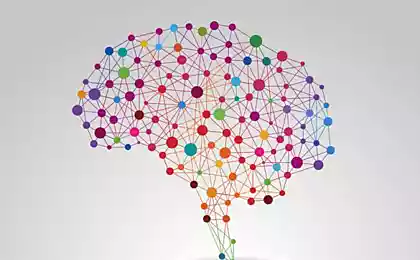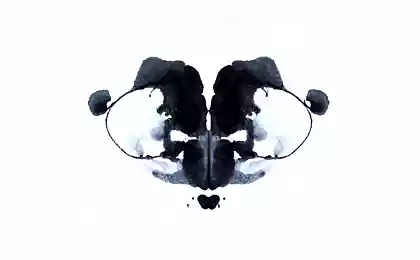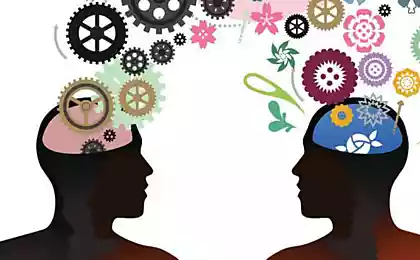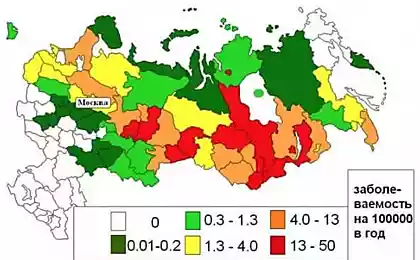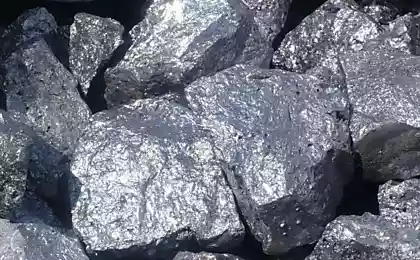149
A test of knowledge of the cities of the USSR, which is not easy to pass even with grandmother’s help
What was the name of City N? In the post-Soviet space, such a question can be heard especially often. After all, the three decades that followed the collapse of the USSR gave new or returned the old names to almost 8% of settlements.
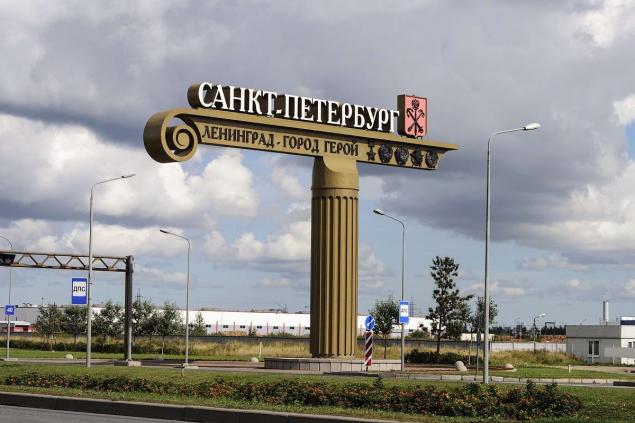
However, the first wave of renaming began long before that. After the October Revolution, the names associated with the tsarist regime changed the names of Bolshevik heroes. Thus, Petrograd (St. Petersburg) became Leningrad, Elizavetgrad (Kirovograd, later Kropyvnitsky) Zinovievsky in honor of Grigory Zinoviev, and Tsaritsyn (Volgograd) Stalingrad in honor of the leader of all peoples.
With the coming to power of Nikita Khrushchev, some of the former names were restored. But in the 80s of the twentieth century, the Stalinist tradition of naming cities after party leaders suddenly returned. During this period, Brezhnev (Naberezhnye Chelny), Andropov (Rybinsk), Chernenko (Sharypovo) appeared on the map of the USSR.
The fisherman was more fortunate than others. For the city on the Volga it was the second renaming. From 1946 to 1957, Rybinsk bore the name Shcherbakov in honor of the politician A. S. Shcherbakov. And in 1933, the city almost became Baranovsky in honor of the heroic aviator Peter Baranov.
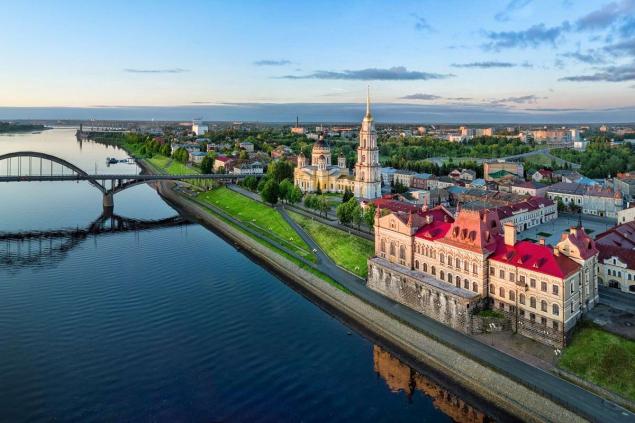
The pre-revolutionary names were returned to the cities only after perestroika. So it’s no surprise that even your grandmother can’t remember their old names, especially if she wasn’t born before “historical materialism.”
What was the name of the city before?
Correct answers
Did you manage to answer all the questions? Great! We have prepared another test for you to test your knowledge of geography and the power of memory. Ideally, of course, it is desirable for an educated person to know the capitals of all countries. But the situation is complicated by the fact that some countries may have not one, but two or even three capitals.

However, the first wave of renaming began long before that. After the October Revolution, the names associated with the tsarist regime changed the names of Bolshevik heroes. Thus, Petrograd (St. Petersburg) became Leningrad, Elizavetgrad (Kirovograd, later Kropyvnitsky) Zinovievsky in honor of Grigory Zinoviev, and Tsaritsyn (Volgograd) Stalingrad in honor of the leader of all peoples.
With the coming to power of Nikita Khrushchev, some of the former names were restored. But in the 80s of the twentieth century, the Stalinist tradition of naming cities after party leaders suddenly returned. During this period, Brezhnev (Naberezhnye Chelny), Andropov (Rybinsk), Chernenko (Sharypovo) appeared on the map of the USSR.
The fisherman was more fortunate than others. For the city on the Volga it was the second renaming. From 1946 to 1957, Rybinsk bore the name Shcherbakov in honor of the politician A. S. Shcherbakov. And in 1933, the city almost became Baranovsky in honor of the heroic aviator Peter Baranov.

The pre-revolutionary names were returned to the cities only after perestroika. So it’s no surprise that even your grandmother can’t remember their old names, especially if she wasn’t born before “historical materialism.”
What was the name of the city before?
- Which city from 1918 to 1944 bore the name Slutsk in honor of the prominent Bolshevik Vera Slutskaya?
(a) Alexandrovsk;
(b) Pavlovsk;
(c) Budennovsk.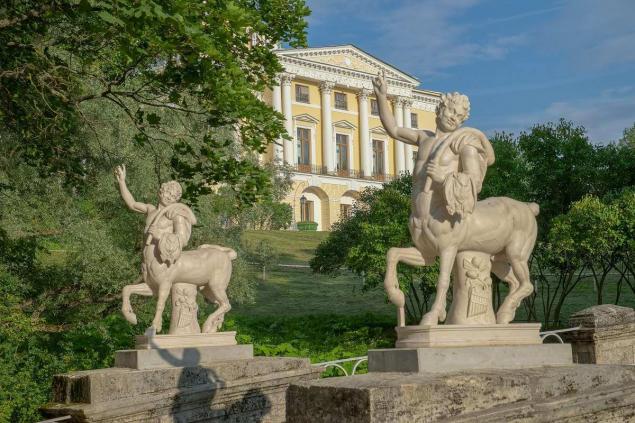
- Which city before 1957 was named in honor of the People's Commissar for Foreign Affairs of the USSR Vyacheslav Molotov?
(a) Saratov;
(b) Chelyabinsk;
(c) Perm.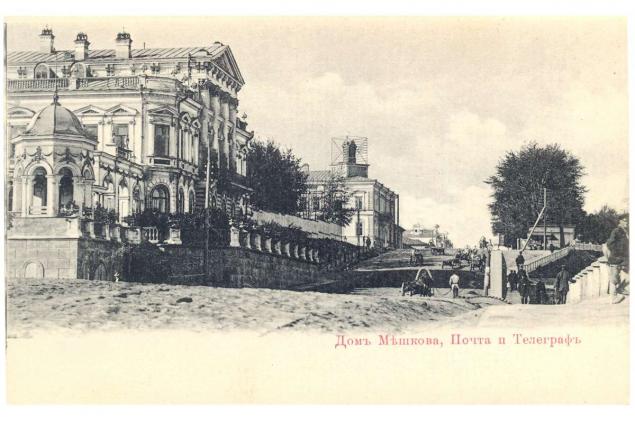
- Which city was called Ekaterinodar before 1920?
(a) Pavlodar;
(b) Energodar;
Krasnodar.
- Which city was named Zhdanov on October 22, 1948?
(a) Mariupol;
(b) Boryspil;
c) Costapolis.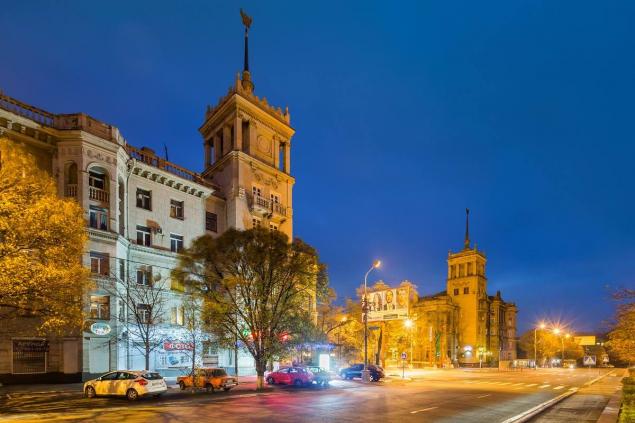
- Which city was renamed Tver in 1990?
(a) Kalinin;
(b) Armavir;
Gagarin.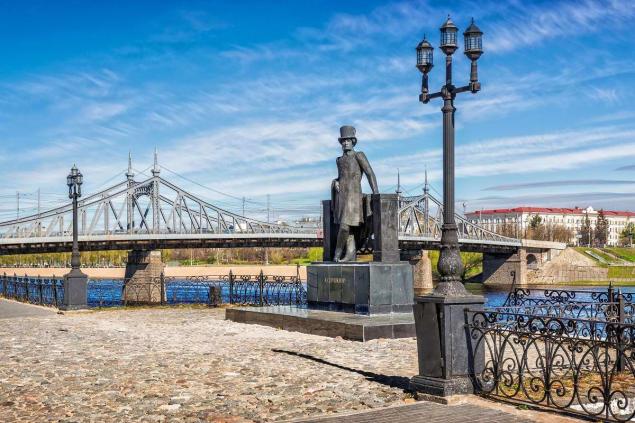
- Which city was called Khalturin from 1923 to 1992?
(a) Kirov;
(b) Azov;
(c) Orlov.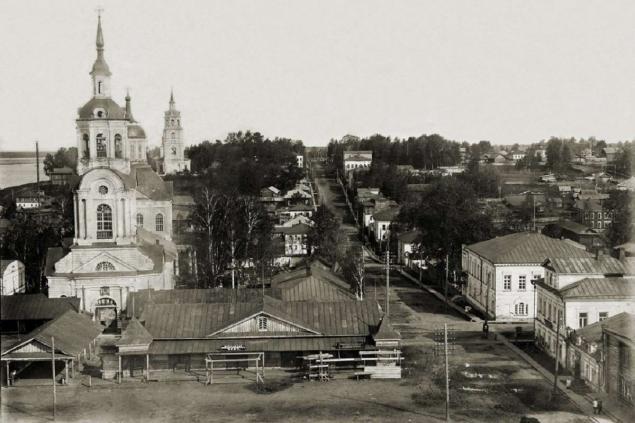
- Which city from 1938 to 1957 bore the name Chkalov in honor of the Soviet pilot Valery Chkalov?
a) Vyborg;
(b) Orenburg;
(c) Peterhof.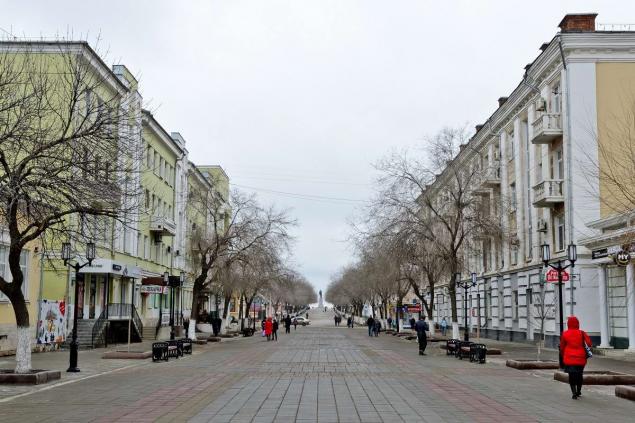
- In 1931, which city was named after one of the founders of Marxism, Friedrich Engels?
(a) Pokrovsk;
(b) Izhevsk;
Lipetsk.
- Which city was called Sverdlovsk from 1924 to 1991?
(a) Lipetsk;
(b) Yekaterinburg;
c) Stavropol.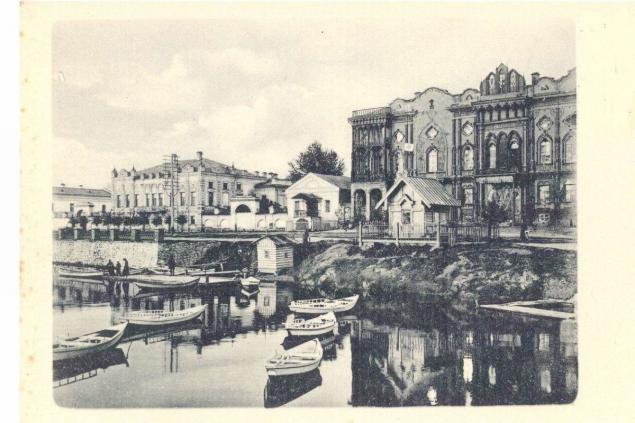
Correct answers
- Interesting story of the return of the city of the old name Pavlovsk. On January 23, 1944, a decree was issued “On the renaming of the cities of Slutsk and Krasnogvardeysk and the districts of Slutsk and Krasnogvardeysky Leningrad region”. The urgent need to return the old name to Slutsk during the war is explained by documents found not so long ago in the State Archives of the Russian Federation. From them it follows that in his two orders, Stalin several times called the city a historical name, and the leader simply cannot be mistaken.
- The city of Perm in 1940-1957 was called Molotov.
- Krasnodar.
- Mariupol.
- Kalinin.
- From 1923 to 1992, the city of Orlov, Kirov region, was called Khalturin in honor of the famous revolutionary Stepan Khalturin.
- Orenburg.
- Pokrovsk.
- Yekaterinburg.
Did you manage to answer all the questions? Great! We have prepared another test for you to test your knowledge of geography and the power of memory. Ideally, of course, it is desirable for an educated person to know the capitals of all countries. But the situation is complicated by the fact that some countries may have not one, but two or even three capitals.
Why Ninety Percent of Beautiful People Choose Their Own Perfume Wrong
What Sean Connery Movies Will We Remember Forever
















